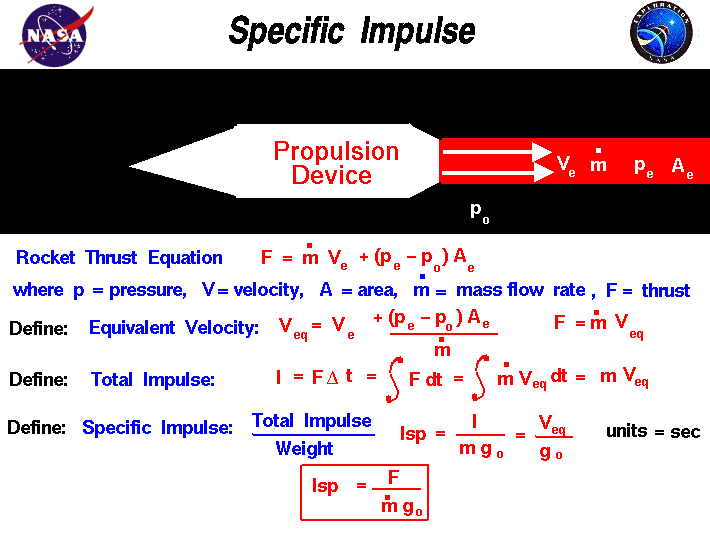
#Impulsive force definition physics driver
This reduces the force with the compartments push or pull each other, and severe jerks are avoided.Īirbags are present in cars to minimize the damage to a driver or a passenger during a collision. Hence, a smaller force is felt by the passengers traveling on the vehicle during jerks.Ĭompartments of trains are provided with buffers.īuffers increase the duration of jerks during the shunting of the train. Shock absorbents provided in the vehicles increase the duration of the jerks, thus decreasing the rate of change of momentum. Vehicles like cars, buses, and bikes are provided with shock absorbent.

Thus, he exerts a smallerįorce to stop the baseball and save his hands from getting hurt.Ģ. Vehicles like cars, buses, and bikes are provided with shock absorbents. By moving his hands backward, theįielder increases the duration of making the catch. His hands experience an impulse that is equal to the product of the forceĪpplied and the time taken to catch the ball. The illustrations will make this statement clear.ġ. A fielder moves his hands backward while catching a baseball.Ī fielder moves his hands backward while catching a ball because, while doing so, If the time interval of an impulse is large, the force exerted will be small.

J = F Δ t = m a Δ t J=F\Delta t=\text F 1 Δ t 1 = F 2 Δ t 2 . For example, if an external force is applied on a freely suspended string, then the applied force is known as impulse force only when it is large as compared to the force of gravity (weight of the string) and the tension that develops in it. Find the angular momentum and torque on the mass about O.The force ( F ) is said to be an impulse force if it is large as compared to the other forces present in the reference frame. Find the torque on the block about (a) the origin (b) point A.Ī conical pendulum of mass m and length L is in uniform circular motion with a velocity v (see Fig. These forces are very large such that any other forces ( \(\mathrm \) (see Fig. The linear momentum (or quantity of motion as was called by Newton) of a particle of mass m is a vector quantity defined asĪs discussed previously, when two bodies collide, they exert large forces on one another (during the time of the collision) called impulsive forces. Next, we will discuss and verify the concepts of momentum and impulse, and the law of conservation of momentum. Therefore, it is not necessary to know the exact form of the impulsive forces, which makes the problem easy to analyze. The law of conservation of momentum is especially used in analyzing collisions and is applied immediately before and immediately after the collision. These concepts enable us to analyze problems that involve collisions, as well as many other problems. Thus, new concepts known as momentum and impulse were introduced. Because these forces are complex functions of the collision time, it is difficult to find their exact form and would make it difficult to use Newton’s second law to solve such problems. To solve collision problems by using Newton’s second law, it is required to know the exact form of the impulsive forces.


This force is called an impulsive force, because it acts for a short period of time compared to the whole motion of the objects, and its value is usually large. During the collision, each body exerts a force on the other. When two billiard balls collide, in which direction would they travel after the collision? If a meteorite hits the earth, why does the earth remain in its orbit? When two cars collide with each other, why is one of the cars more damaged than the other? We will find that to answer such questions, new concepts must be introduced.Ĭonsider the situation where two bodies collide with each other.


 0 kommentar(er)
0 kommentar(er)
